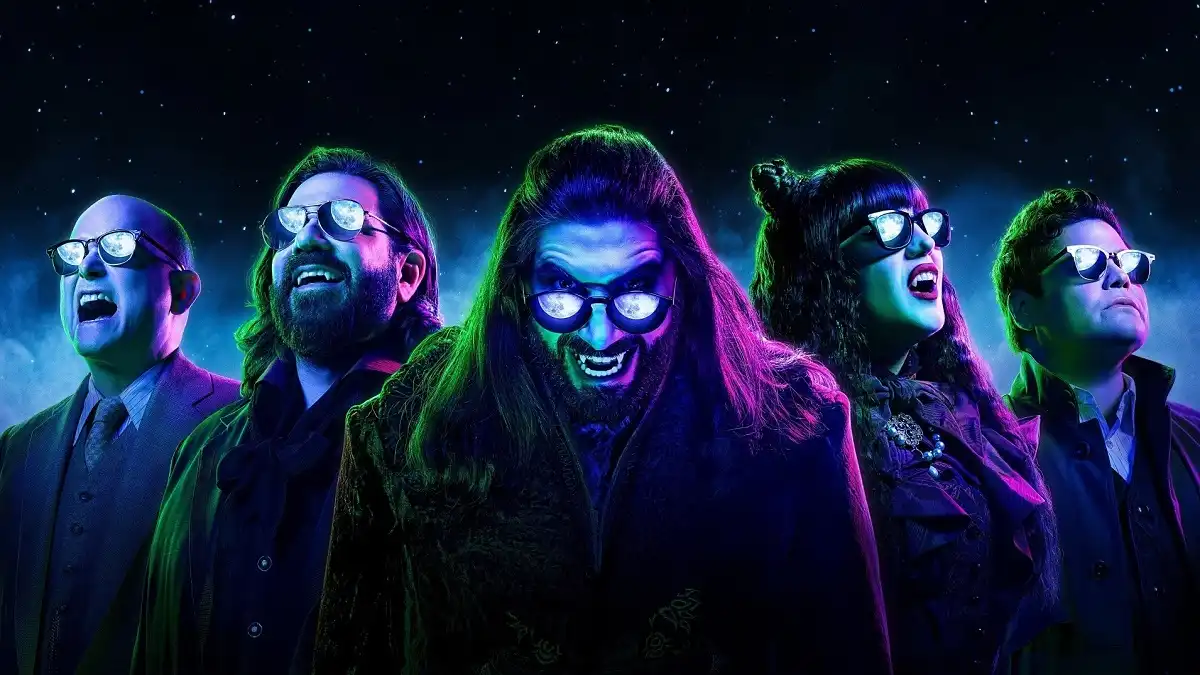How 'What We Do in the Shadows' Mastered The Art Of The (Un)Deadpan
There's a reason <em>What We Do In The Shadows</em> on Disney+ Hotstar, has been such a bloody good watch over its four-season run.

Poster for What We Do In The Shadows S4. FX
